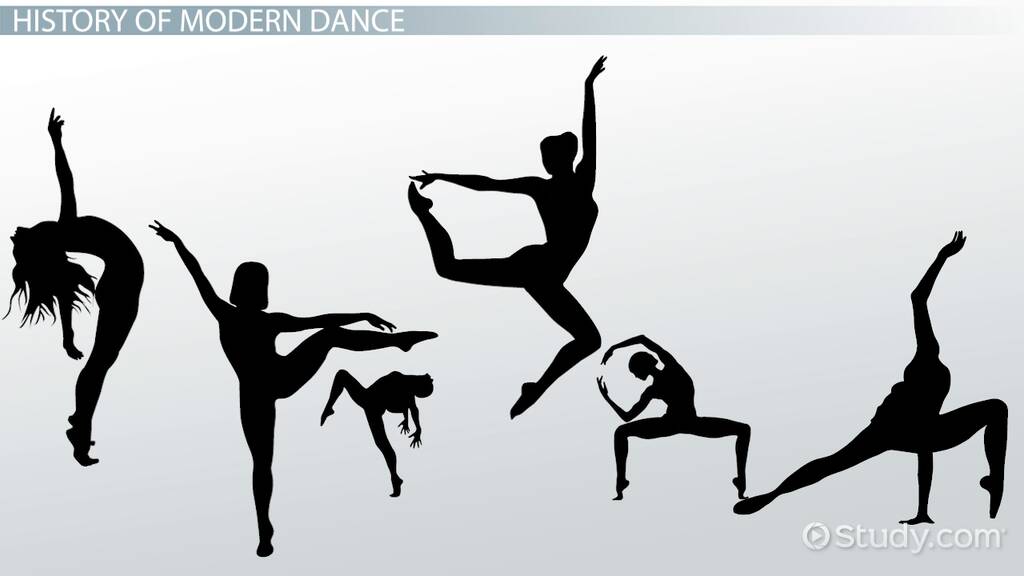Introduction
Contemporary dance is a dynamic and ever-evolving art form that has captivated audiences around the world. It emerged as a rebellion against the rigid techniques and conventions of classical ballet, seeking to explore new possibilities of movement and expression. In this blog post, we will take a journey through the history of contemporary dance, tracing its origins and significant developments. From its humble beginnings to its current state, contemporary dance has pushed boundaries, challenged norms, and continues to inspire both dancers and spectators alike.
1. Origins of Contemporary Dance
Contemporary dance emerged as a rebellion against the rigid structure of classical ballet in the early 20th century. Influenced by various dance forms, including modern dance, jazz, and ethnic dances, it sought to break free from traditional techniques and explore new possibilities.
1.1 Isadora Duncan: Paving the Way
Isadora Duncan, an American dancer, is often considered the pioneer of contemporary dance. She rejected the constraints of ballet and focused on expressing emotions through natural movements. Duncan’s emphasis on freedom and individuality laid the foundation for the evolution of contemporary dance.
1.2 Martha Graham: Revolutionizing Technique
Martha Graham, an influential figure in contemporary dance, developed a unique technique that emphasized contraction and release. Her choreography explored the depths of human emotions and challenged traditional notions of beauty and grace. Graham’s contributions revolutionized the technical aspects of contemporary dance.
2. The Influence of Modern Dance
Modern dance played a significant role in shaping contemporary dance. Pioneers like Doris Humphrey, Merce Cunningham, and Alvin Ailey introduced innovative movements and concepts that pushed the boundaries of traditional dance forms.
2.1 Doris Humphrey: Embracing Fall and Recovery
Doris Humphrey, a prominent modern dancer, introduced the concept of fall and recovery. She emphasized the use of gravity and weight to create dynamic movements. Humphrey’s ideas greatly influenced the development of contemporary dance, as dancers began to explore the interplay between control and release.
2.2 Merce Cunningham: Embracing Chance

Merce Cunningham, known for his avant-garde approach, embraced the element of chance in his choreography. He believed in the independence of movement and often incorporated unpredictable elements into his dances. Cunningham’s experimentation with unconventional techniques and collaborations with artists from other disciplines expanded the possibilities of contemporary dance.
3. Fusion with Jazz and Ethnic Dances
Contemporary dance drew inspiration from jazz and various ethnic dance forms, infusing them with its own unique style. This fusion allowed for a more diverse and inclusive approach to movement.
Summary
Contemporary dance has its roots in the early 20th century, when pioneers like Isadora Duncan and Martha Graham broke away from traditional ballet and introduced a more free and expressive style of movement. These early innovators paved the way for future generations of dancers to experiment with new techniques and concepts.
In the mid-20th century, the post-modern dance movement emerged, led by choreographers such as Merce Cunningham and Trisha Brown. This period saw a shift towards abstract and unconventional forms of dance, challenging the notion of narrative and emphasizing the exploration of pure movement.
As contemporary dance continued to evolve, it absorbed influences from various other art forms, including music, visual arts, and theater. Collaborations between choreographers, composers, and visual artists became increasingly common, resulting in groundbreaking interdisciplinary performances.
Today, contemporary dance is characterized by its diversity and inclusivity. It embraces a wide range of styles and techniques, incorporating elements from various cultural traditions and disciplines. Contemporary dancers are encouraged to explore their own unique movement vocabulary and to push the boundaries of what is considered dance.
In conclusion, the evolution of contemporary dance has been a fascinating journey of innovation and experimentation. From its rebellious beginnings to its current st her comment is here ate as a respected and influential art form, contemporary dance continues to challenge conventions and inspire audiences worldwide.
- Q: What is contemporary dance?
- A: Contemporary dance is a genre of dance that emerged in the mid-20th century and is characterized by its versatility and freedom of movement.
- Q: How did contemporary dance evolve?
- A: Contemporary dance evolved as a reaction against the rigid techniques of classical ballet and sought to explore new forms of expression and movement.
- Q: Who were the pioneers of contemporary dance?
- A: Pioneers of contemporary dance include Martha Graham, Merce Cunningham, and Pina Bausch, who pushed the boundaries of traditional dance and paved the way for the development of the genre.
- Q: What are some key characteristics of contemporary dance?
- A: Key characteristics of contemporary dance include fluidity, improvisation, use of gravity, and incorporation of various dance styles and techniques.
- Q: How has contemporary dance influenced other art forms?
- A: Contemporary dance has influenced other art forms such as theater, film, and visual arts by introducing new ways of storytelling and incorporating interdisciplinary elements.
- Q: What are some famous contemporary dance companies?
- A: Some famous contemporary dance companies include Alvin Ailey American Dance Theater, Nederlands Dans Theater, and Batsheva Dance Company.
- Q: How has contemporary dance evolved in recent years?
- A: In recent years, contemporary dance has become more inclusive, embracing diversity in terms of body types, cultural backgrounds, and styles, and incorporating technology into performances.
- Q: Can anyone learn contemporary dance?
- A: Yes, contemporary dance is open to anyone regardless of age, body type, or previous dance experience. It encourages individuality and personal expression.
- Q: Where can I watch contemporary dance performances?
- A: Contemporary dance performances can be seen in theaters, dance festivals, and online platforms dedicated to dance, such as dance company websites or streaming services.
- Q: How can I get started with contemporary dance?
- A: To get started with contemporary dance

Welcome to Zane Bourke’s Dance Studio, a haven for all dance enthusiasts and creative souls. As the proud owner of this vibrant establishment, I am thrilled to share my passion for contemporary dance, culinary delights, art, and craft with you.
